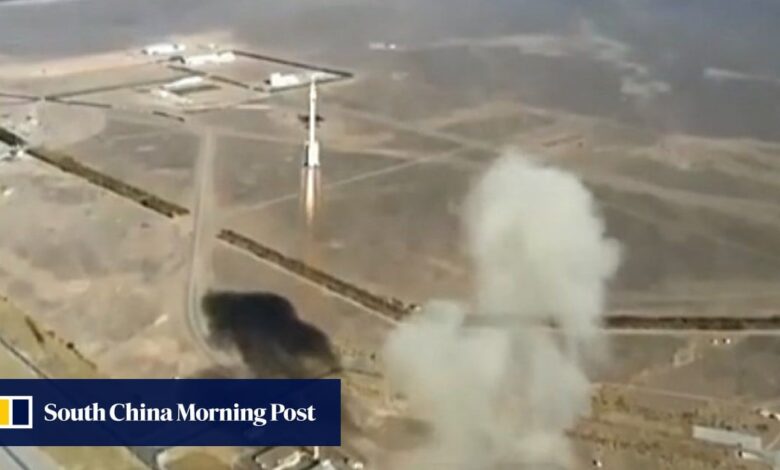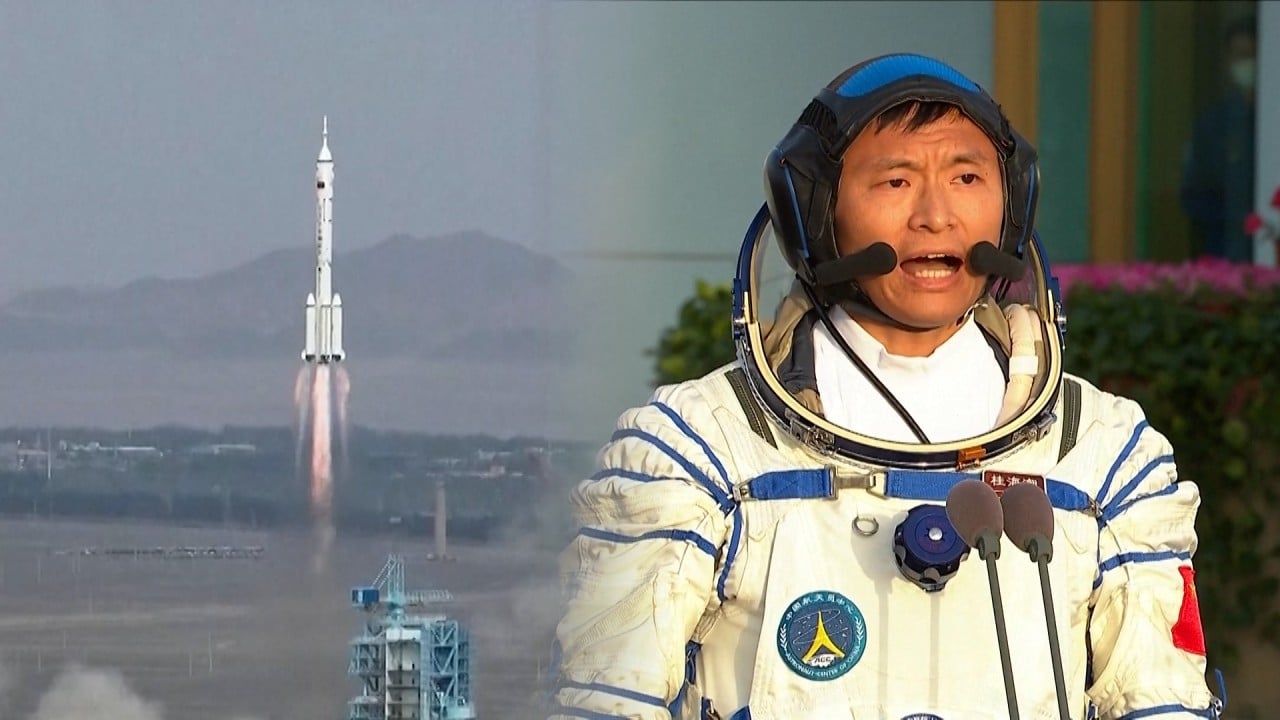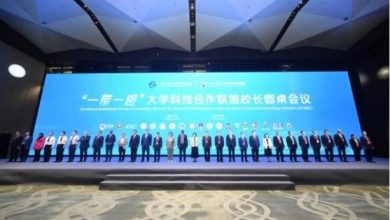China’s 12th manned space mission takes off, carrying Shenzhou 17 crew for six-month mission to Tiangong space station

[ad_1]
And once he enters the space station on Thursday, he will be the first astronaut to enter the station for a second time.
“I came from the countryside, and now I am a taikonaut,” Tang Hongbo said during a press conference with the astronauts on Wednesday. He said going back to the station had been his dream since he left in 2021.
He is joined by first-time space visitors Tang Shengjie and Jiang Xinlin, former fighter pilots for the People’s Liberation Army who both joined astronaut training in 2020 in China’s third batch of recruits.
Tang Shengjie said that during training they had “mastered the technical knowledge” needed to deal with all possible challenges they might face during their six-month long mission.
The Shenzhou 16 crew, which included China’s first civilian team member, arrived in Tiangong at the end of May. They are expected to return to Earth on October 31 once the Shenzhou 17 crew has taken over.
During their busy five months in space, the Shenzhou 16 crew conducted 70 experiments in various fields, broadcast lessons to people on Earth and conducted a spacewalk.
The Shenzhou 17 crew will continue to conduct experiments and will embark on a spacewalk mission to repair the station’s solar arrays which have been damaged by small space debris hitting the station.
The Tiangong space station currently consists of the Tianhe core module and science lab modules Wentian and Mengtian.
During a press conference on Wednesday announcing the launch, Lin Xiqiang, deputy director of the China Manned Space Agency (CMSA), said research was under way to further expand the station.
The station forms a T-shape but Lin said the agency planned an extended module in the future that would turn the station into a cross shape.
In the expanded section, more experiment racks would be set up to conduct scientific research, along with upgraded facilities for the astronauts, including exercise equipment to improve their quality of life.
China, Europe scientists to develop most sensitive space telescope of its kind
China, Europe scientists to develop most sensitive space telescope of its kind
There has been one cargo ship launch to the station this year, and another is planned next year during the Shenzhou 17 crew’s stay on board.
Lin said exploring and using space was “exclusively for peaceful purposes and is aimed at enhancing mankind’s scientific knowledge of the universe, expanding and extending space for human activities, and promoting the sustainable development of human civilisation”.
He emphasised that since its beginning in 1992, the goal of the Chinese space programme was not to seek “hegemony in space”, but rather for “mutual benefit and common development”.
European agency not planning to send astronauts to China’s space station
European agency not planning to send astronauts to China’s space station
Lin said the CMSA invited any countries and regions “committed to the peaceful use of outer space” to cooperate with the programme.
“We are ready and prepared to invite astronauts from other countries to participate in China’s space station missions,” he said.
[ad_2]
Source link






